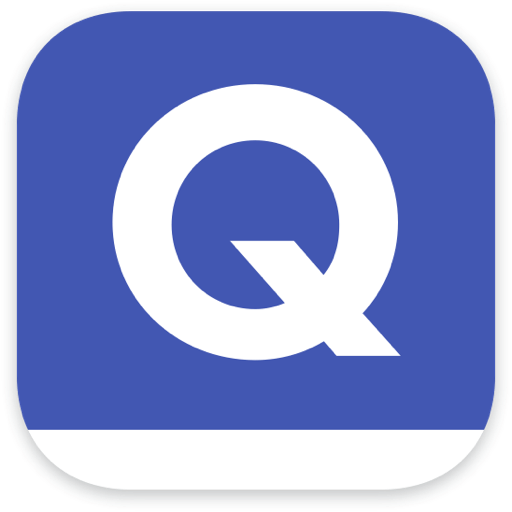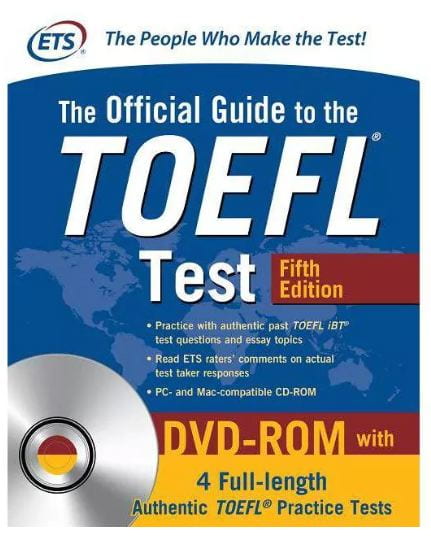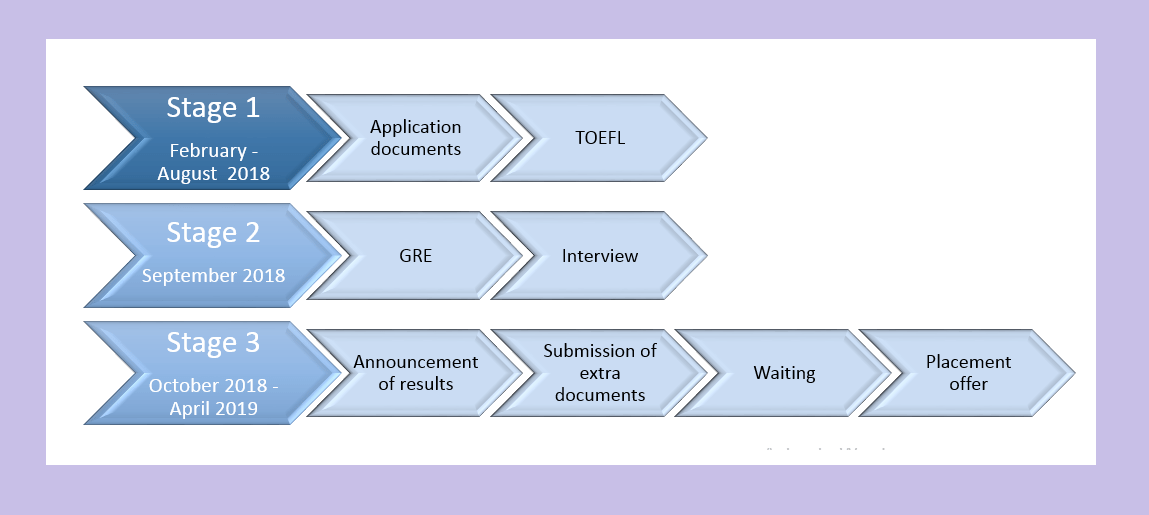An interview with an English-speaking committee was the second part of Round #2 of the Fulbright contest. It was scheduled for the end of September and came the day after the GRE test.
Even though preparation for the interview does not normally take a long time, this step is incredibly important for an applicant and, of course, should be taken seriously. In this post, I will share my interview experience for the 2019 Fulbright program. Like I did in my previous posts, I will provide you with a few strategies that should help you successfully prepare for the interview. Please, note that all the recommendations are based on my personal experience and might differ significantly from the experiences of other participants.
I. General information
What to expect on an interview in the Fulbright contest?
At the interview, you will have a conversation with an English-speaking committee. Even though the interview questions are usually very individual and depend on an applicant’s major, there are still basic questions the committee will likely ask you:
- How did you find out about the Fulbright program and why did you decide to apply for it?
- What is your biggest achievement?
- What are your greatest strengths/weaknesses?
- Why have you chosen to apply for these universities? (may vary)
- Tell us about your field of study/ work experience (here the questions might become more specific)
- What are your future plans? etc.
*In addition to this, be ready to explain the features of the program that you chose to the committee members, as they might not have expertise in a certain field of study.

If you are confident about your plans, you can easily answer these questions. Rehearse answering them to make sure you will state your position clearly at the interview. However, don’t overthink (like I used to do 🙂 ) or make long scripts to memorize – unless you feel that you need to have a few phrases or keywords in mind. I wrote down the list of things that I was going to mention at the interview just to be sure I didn’t miss anything important.
II. Interview for the Russian applicants, September 2019
My experience
The interview took place in the Fulbright office in Moscow and lasted about 20 minutes. The interview panel was comprised of the Russian and American scholars, the U.S. Embassy representatives, and the Russian Fulbright office delegate. I was lucky enough to have the coordinator of the Fulbright program as one of my committee members. She was the only person I knew back then, and her presence made me feel a little bit less stressed.
An hour before the interview – the longest hour ever
 My interview was scheduled for 3:15 p.m. Moscow time. I arrived at the Fulbright office about 1.5 hours before the interview started. I didn’t have to come there so early; it was all about my anxiety. As I wandered in the office building trying to find the right door, I felt my legs started shaking. Being a naturally emotional person, I found it hard to calm down and put myself together before talking to the committee. So, here is my advice – try not to panic. Obviously, saying and doing are different things, but if you know that you’re hyper-emotional and sensitive, please, try to work this out. Find something that makes you feel better.
My interview was scheduled for 3:15 p.m. Moscow time. I arrived at the Fulbright office about 1.5 hours before the interview started. I didn’t have to come there so early; it was all about my anxiety. As I wandered in the office building trying to find the right door, I felt my legs started shaking. Being a naturally emotional person, I found it hard to calm down and put myself together before talking to the committee. So, here is my advice – try not to panic. Obviously, saying and doing are different things, but if you know that you’re hyper-emotional and sensitive, please, try to work this out. Find something that makes you feel better.
Speaking to people has always helped me unleash my emotions. Especially if those people are in the same boat with me. This is exactly what I was doing while waiting for my turn in the office hall. I made acquaintances with some of the Fulbright applicants who came from all different parts of Russia. We had a good talk, introducing ourselves, and supporting each other. I was amazed by how talented those people were, and I wished we could become colleagues one day.
Still, I could not help panicking, as the time got closer to 3:15 p.m. One of my Fulbright fellows suggested me to do squats. What?! She explained that doing small exercises before interviews or public speaking might help. So why not? I still remember the amazed face of our assistant who passed by as I was doing squats. That must have looked funny, indeed.
Of course, it was not squatting that helped me to put myself together, but the people I met back then. That day turned into a nice memory for me, despite all the stress I experienced.
The Interview –Things to Remember 
Long story short, the interview was not as scary as I expected it to be. The committee members were nice and supportive. When I struggled to answer a certain question, they either put it differently for me or gave some hints about it. They made a couple of jokes during our conversation and complimented me for the achievements mentioned in my application. At some point, I stopped feeling so much pressure and finally realized that I should not be afraid of the committee members who actually tried to help me.
So, here is the first thing to remember – try to relax (within reasonable limits, of course) and be yourself. The committee members do not intend to make you fail; they are here to get to know you better and to answer any questions you may have about the program.
The second thing to remember is that there are no “right or wrong” answers. If you don’t know what to say (which is completely normal), you can openly tell the committee about it. Don’t try to make up the answer in your head just to make a good impression. The interviewers will likely appreciate your honesty and openness rather than “correct” answers.
Questions the Committee Asked Me
- As the committee members knew I was applying for Creative Writing program, the questions I was asked were related to writing accordingly: what kind of book do you want to write? What would be the story you want to share with readers? Do you have a role model of a nonfiction writer? If yes, who is/was it?
- I believe I was a bit lost when the committee members asked me why I listed those three universities (the schools in Texas, Illinois and Colorado) in my application. I honestly told them I did not have any specific preferences, and they accepted this answer without any judgment. Nevertheless, I know I should have made more research on those schools to be better prepared for the question. Please, keep this in mind.
- When it came to the question about my plans for the future, somehow I managed to complicate things for everyone, including myself. I mixed all my background experiences together saying that I am interested in journalistic writing, non-fiction literature and teaching. I entangled myself in my own thoughts, and here is when the committee saved my life again. A journalist, a non-fiction writer, or a teacher? – they asked me. The answer immediately came from the inside: a non-fiction writer.
- We also spoke about my research interests, which is studying the phenomenon of political correctness. Here I put the two puzzles together, motivating my desire to study in the U.S. by the chance to learn more about this topic.
The end (?)
As I used to practice self-criticism sometimes, I was sure that I failed that interview. Confusion, awkward silence, my trembling voice – I was analyzing every minute of the conversation with the committee for a while, but then I just let it go. Good job. At least you tried – I said to myself.
In less than a week, I received an email from the director of the Fulbright program in Russia. He announced that I was selected as a semi-finalist of the program.
Now it’s your turn! How do you prepare for an important interview? Do you have any strategies or techniques that you use during the meeting? Feel free to share your tips here 😉








